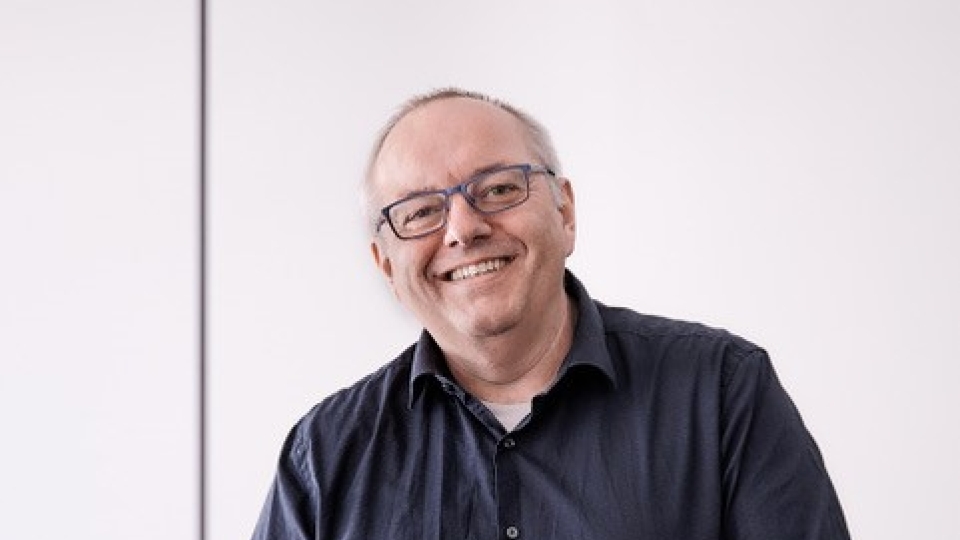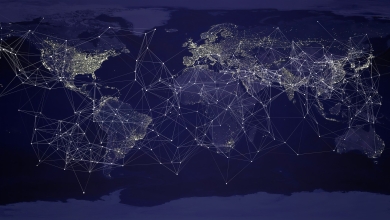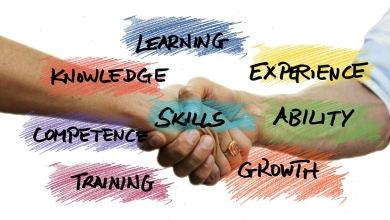
With its win for Most Effective Remote Management Solution at the 12th European IT & Software Excellence Awards, Norway-based Disruptive Technologies, innovator of wireless sensors and IoT infrastructure, is well-positioned to be on the front foot in 2022. Here, IT Europa Editor Carl Friedmann speaks with CEO Bengt Lundberg about the solution that earned him and the company this recognition, the next incarnation of hybrid working, and the breakthroughs in sensors as efforts to achieve net-zero by 2050 increase.
Congratulations on the Award. Can you explain a little more about what this solution does and its impact on the industry?
IoT and remote monitoring have been buzzwords for many years. But the technology has not lived up to its promise because you need to have engineers coming in and configuring sensors on-site to make it work. Traditionally, sensor installation has been more expensive than the equipment itself. So we've made a full end-to-end integrated sensor solution, where the hardware is pre-configured to the customer or partners’ accounts. You simply deploy the sensors and they report automatically. The sensors are easy to install and set up, which is one of the keys to enabling IoT and remote monitoring, without the need for external resources. And that's crucial for IoT to really grow. If you're saving time, you’re saving money.
What do you see as the next breakthrough in sensors as efforts to achieve net zero by 2050 increase?
That's a really good question. I think IoT and sensors are contributors to achieving ambitious net-zero targets. First, storing a large volume of sensor data and using it for something tangible and actionable generates a lot of energy and waste. With our sensors, we can now get more accurate insights using fewer data points. The sensors also last for 15 years, which eliminates frequent e-waste and the need to replace batteries every year. Second, buildings can be retrofitted with sensors without the need to discard legacy equipment. This further eliminates e-waste and makes the assets you already have smarter. And third, data from sensors gives insights into energy performance so appropriate changes in behavior can be made, reducing the carbon footprint on current assets. So retrofitting buildings and assets with easy-to-use, long-lasting sensors is going to be the key to achieving net-zero targets.
How do you define ‘smart’? What does smart and sustainability mean in the current vernacular?
Being smart is being energy efficient, both in how you produce, distribute and install sensor technology. It’s about continuously receiving data points about building use, which is important for reducing energy bills and energy consumption. Energy consumption is related to asset performance, wasteful habits and space use. You can have data on all these key factors, measure how much energy you use per hour, and take appropriate action. Due to the pandemic, most companies have a reduced energy bill, but that’s still not smart or sustainable because fewer people have been into a building. Being smart in this instance would mean buildings need to amend their resources based on actual use. From cleaning efficiency and occupancy to energy efficiency and health and wellbeing, making decisions should be based on data.
What do you see are the primary barriers to cloud migration?
The primary barriers are data security and data integrity. You don’t read about Microsoft Azure, Amazon AWS or Google getting hacked on cloud level. We’ve seen banks and government buildings being attacked and issues with speed and connectivity, but you never hear about AWS, Azure, or Google Cloud actually being hacked. The people running these clouds primarily work on security. We have to trust that security is managed because it’s an integral part of the delivery of Cloud solutions. Another important barrier is the concern around the integrity of the data, which is where we’re focusing a lot of attention through our end-to-end security. You can’t hack our gateway because no data is processed there; it's just sensitive to the cloud. Data integrity and security are extremely important and we’re having conversations all the time about an on-prem solution.
You mention trust but there's also a lot of talk about zero trust at the moment. How do those two concepts reconcile?
I think it's difficult. Who do we trust? We trust people. We don't trust machines. So I think that we as people need to stand behind what we say and do and be transparent. Trusting the cloud and the machines is a by-product of trusting the company and trusting the people there. So we start with a zero-trust policy and then build further trust that our people always have security in mind. We educate customers on how our solution is built with security and privacy in mind, how our end-to-end encryption works, and we have designated people who rigorously test our security and alleviate any concerns.
What is the next incarnation of hybrid working? We're still testing the waters but going into 2022, what are the main priorities for Disruptive Technologies?
I think the big learning from the pandemic and hybrid work is that people want to come to a clean and sanitized workspace, using sensors to automatically check in and out of a desk, and use the same sensors to confirm it’s been cleaned. I think smart cleaning will become an important topic. The other thing that’s going to be very important, especially in meeting rooms, is to start measuring how crowded they are and what the quality of the air is. Then you can drive actions in response to how popular certain rooms are. Understanding how buildings are used and making sure they are serviced only and when needed is going to be the new trend in hybrid working.


